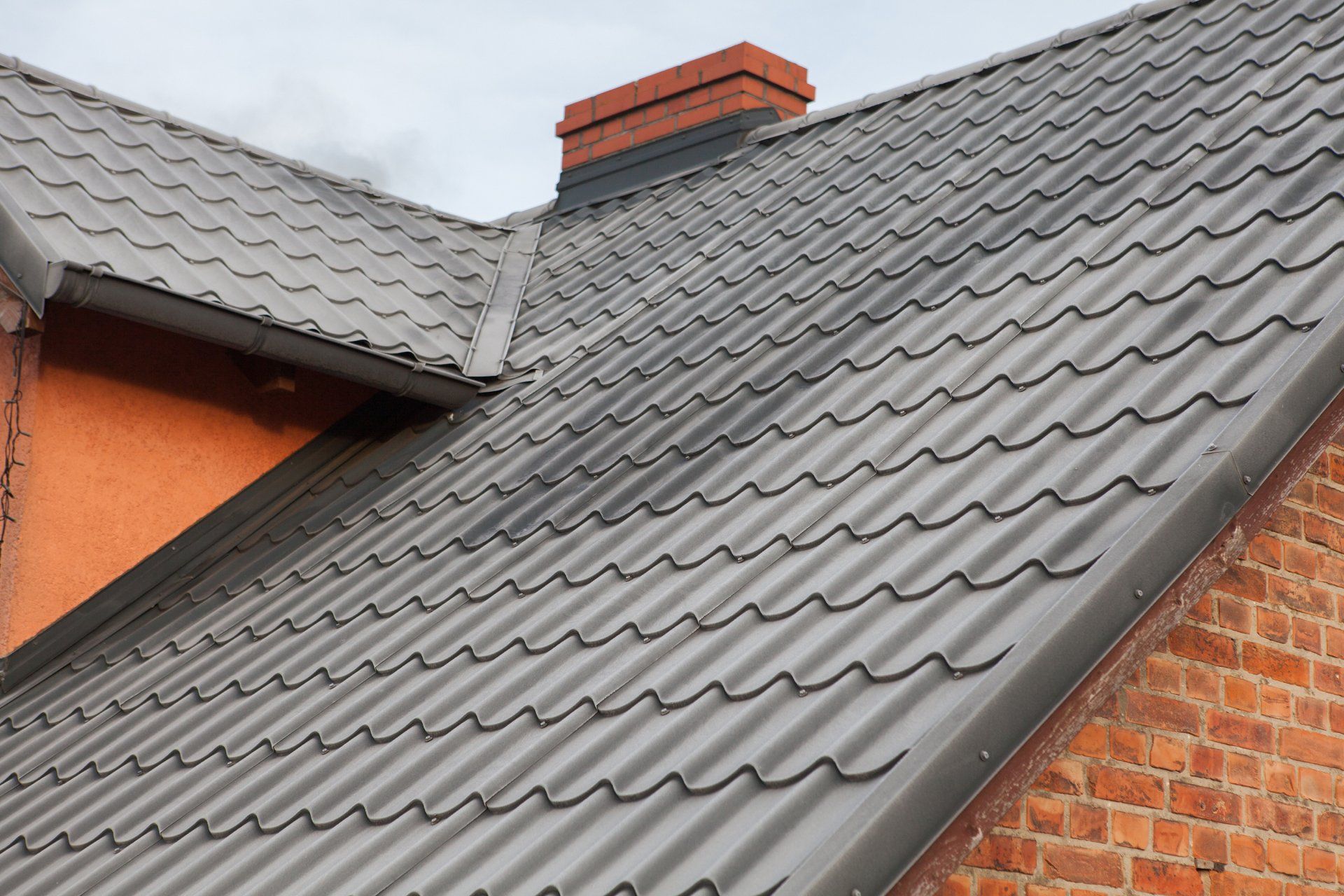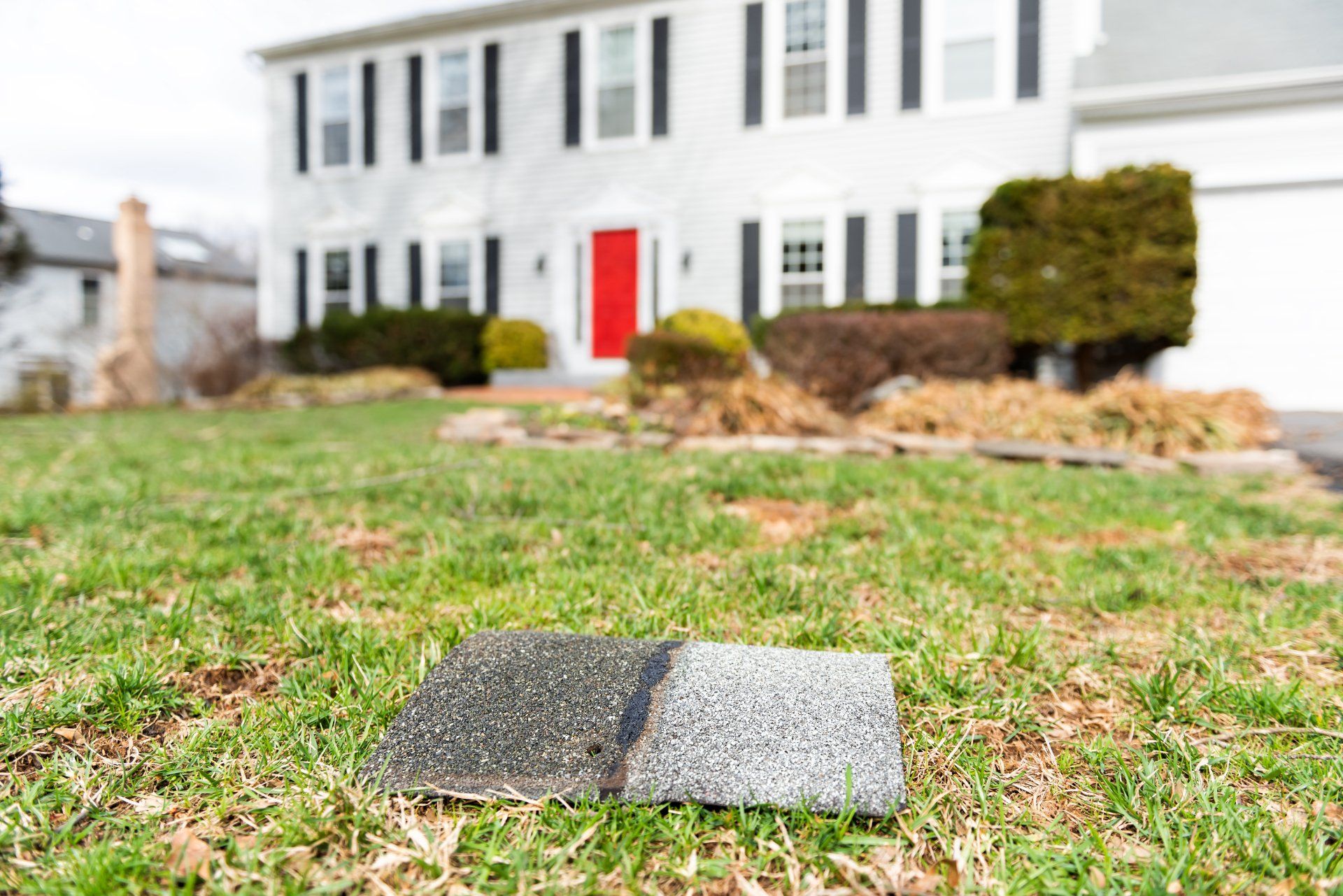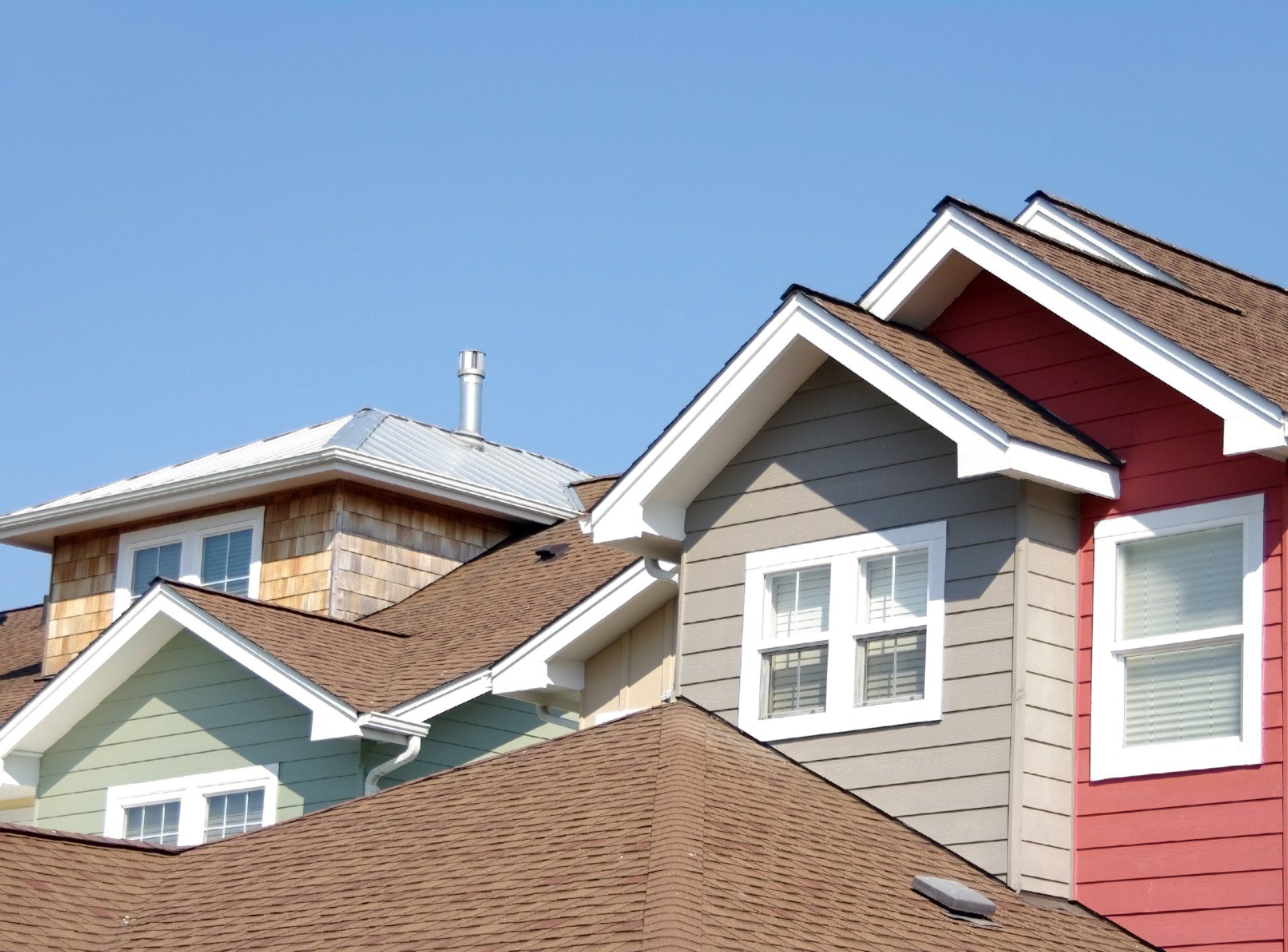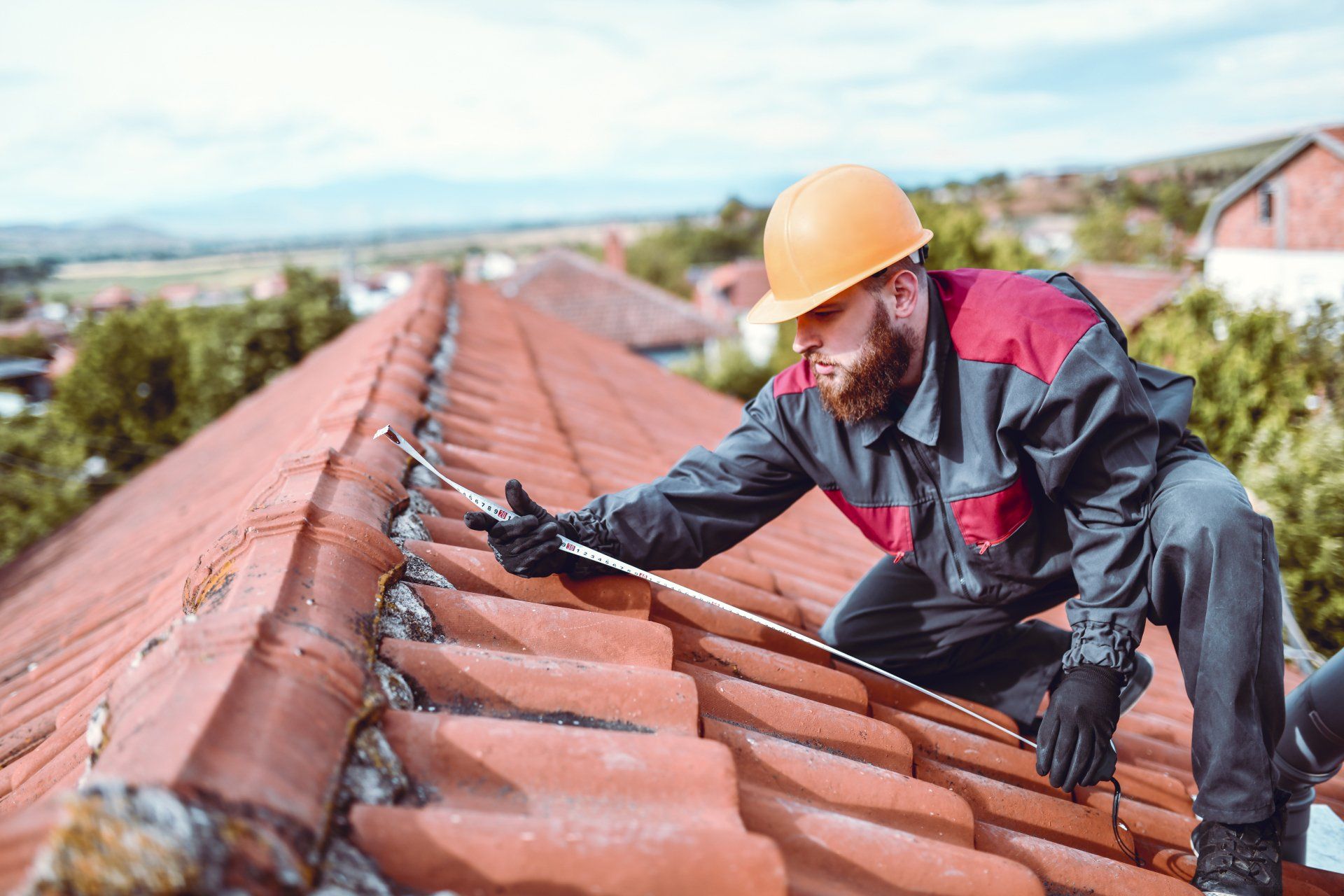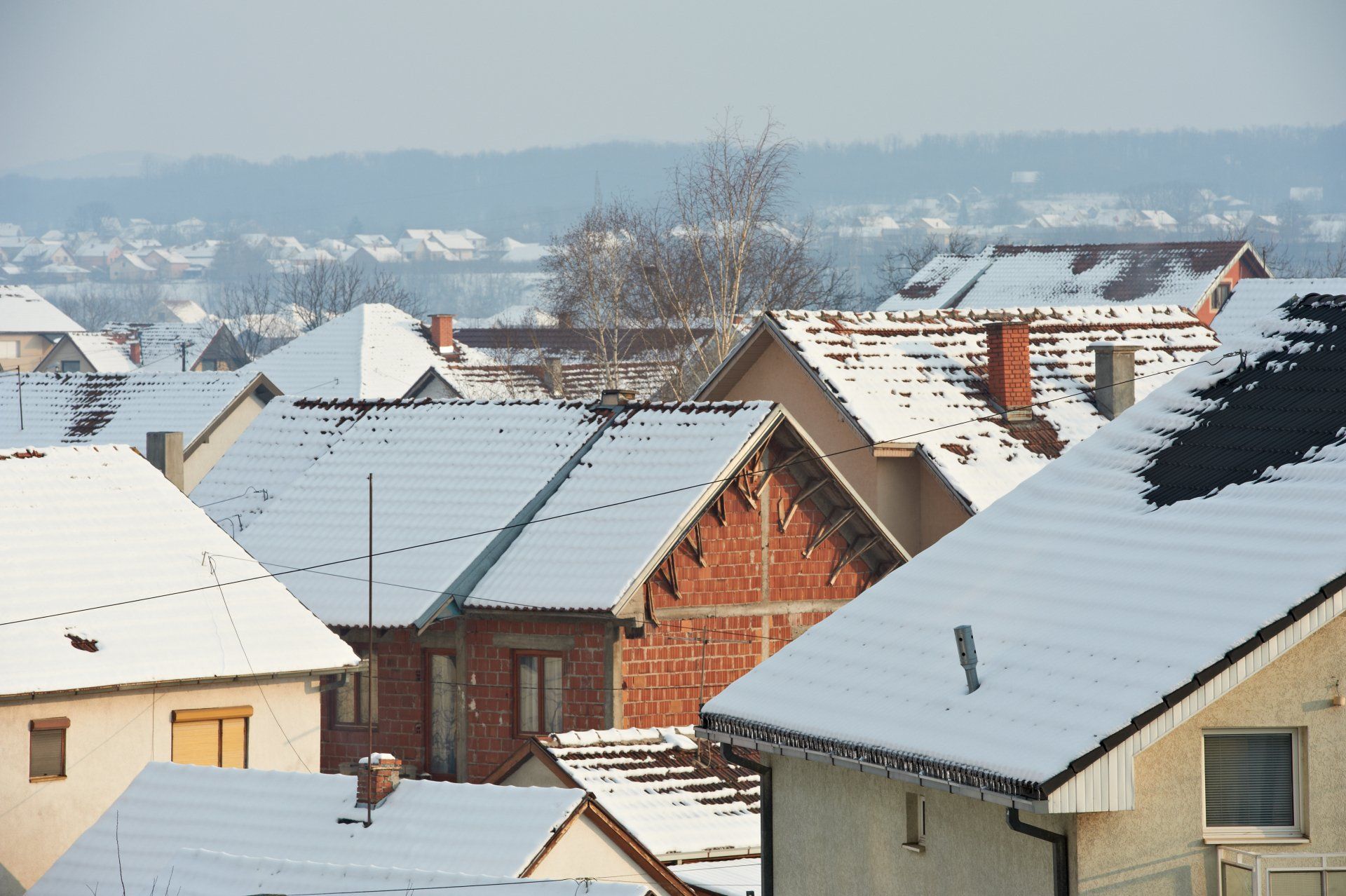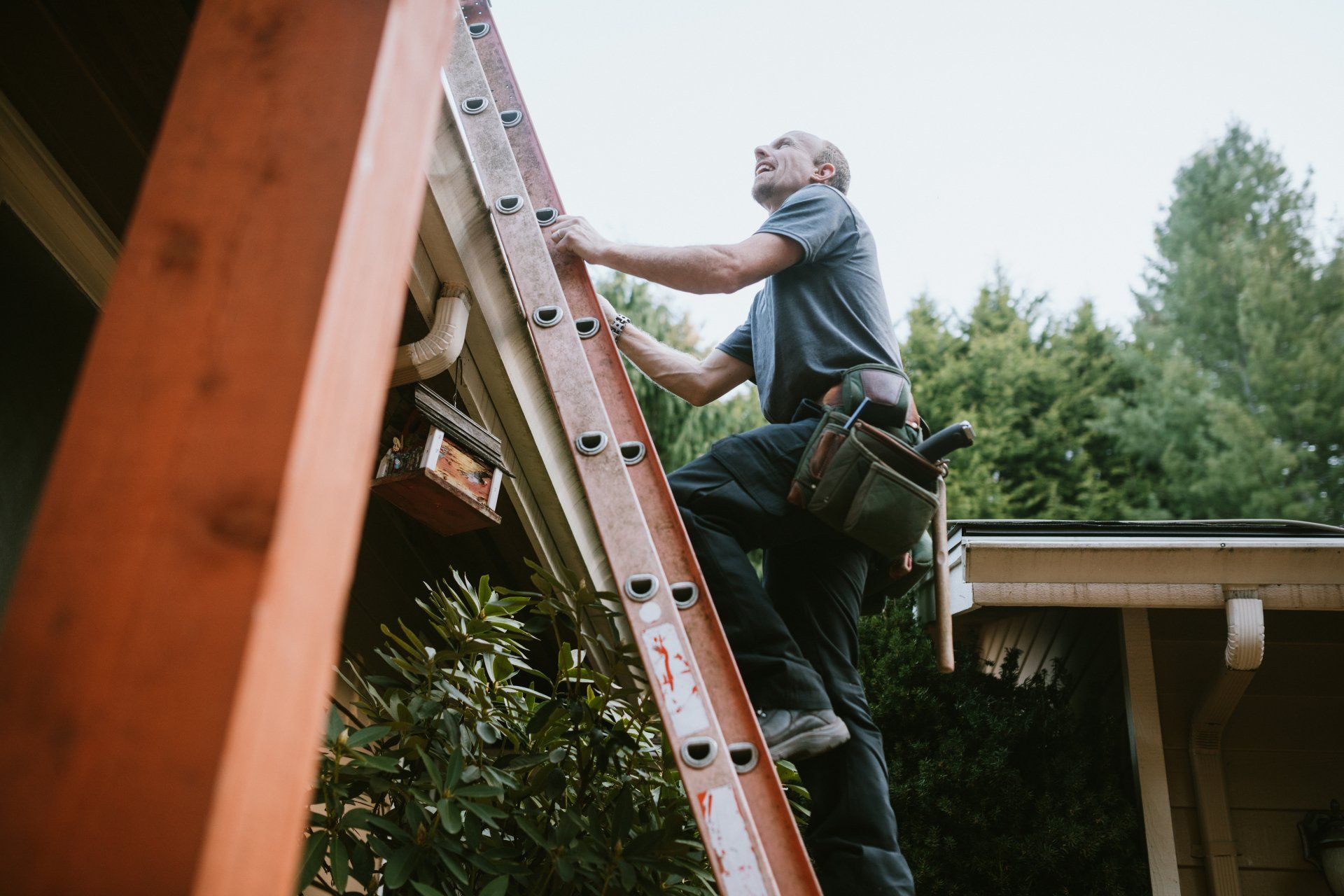Top 6 Tips for Knowing When To Replace a Roof
Have you ever asked the question, “When does a roof need to be replaced?” If so, you’re not alone. Many homeowners wonder about when to replace a roof. When it comes to roof damage, you have to look at roof repairs versus a full roof replacement. If you are concerned about a leaky or damaged roof, read more about our tips for determining the extent of your potential roof deterioration.
1. Check for debris in your yard after a storm.
Severe weather is the most common cause of roof repairs. Depending on where you live in the country, you could potentially experience heavy snows, hurricanes, tornadoes, severe thunderstorms, and hail. All of these types of weather conditions can damage your roof. We always tell our clients to take stock of any debris that they find in their yard after a strong storm. If you have an asphalt shingle roof, check to see if there are any missing shingles lying in your yard.
Roof repairs versus a roof replacement varies between different types of roofs. Most damage on an asphalt roof can be repaired by a roofing company, which is considerably less expensive than a roof replacement. For other types of roofs like metal, you might have to choose a full roof replacement depending on the extent of the damage.
2. Survey your ceilings for signs of leaks.
If you live in an area with high rainfall, keep an eye out for any signs of water collecting on your ceiling. Any wet spots or cracks could mean that you have a leak in your roof. Again, your local roofing company will be able to help you determine if the leak can be fixed with a small repair, but it’s important that you watch for any potential signs of leaks and report them as soon as you spot them, as this could be a potential sign of when to replace a roof. Prolonged exposure to water can ruin your drywall and ceiling paint.
3. Go into your attic to search for any signs of water.
After severe weather, safely climb into your attic to search for any signs of water. If you’re concerned about navigating your attic, call a roofing contractor and ask them to come out for a roof inspection. Catching roof leaks before they infiltrate your ceiling and drywall will protect your family and possessions. If you notice any dripping water or wet beams, contact your roofer immediately.
A leaky roof can destroy the insulation, weaken the integrity of the framing, and seep into your walls and rot the wood. Prolonged exposure to water will further damage the roof until you have no choice but a full roof replacement instead of a minor fix.
4. Look for discontinuity in your roof or spots of discoloration.
Did you know that the sun accounts for much of the deterioration of your roof? Over time, the UV rays from the sun can wither coating and sealants and can cause materials to warp. If you start to notice discolorations in your roofing material, it may be time for a full roof replacement. Check out our recent blog about the lifespan of a roof. If you live in a hot area with lots of direct sunlight, there is a higher probability that you’ll need to replace your roof before the end of its estimated lifespan.
5. Contact your local roofing company to conduct a cost comparison analysis on repair vs. replace.
If you follow our tips and find damage to your roof, contact your trusted local roofer to ask them to conduct a cost comparison analysis. For some types of roofs, it may be cheaper in the long-run to fully replace a severely damaged roof. Other times, the more affordable option is to make simple roof repairs. It’s important to work with a roofer who you trust and who will give accurate advice to help determine when to replace a roof. Oftentimes, a roof simply needs a bit of maintenance to fix the damage.
We also recommend talking to your roofer about the possibility of upgrading your roof instead of replacing it with the same material. If you must replace the roof anyways, it’s a great opportunity to upgrade to a higher quality product that has a longer lifespan.
6. Communicate with your insurance company about replacement coverage.
Finally, talk to your insurance company about roof repair and replacement coverage. Most weather-related damage is covered by your home insurance. However, non-weather-related roof repairs and damage caused by the sun are not usually covered in the policy. In the event of severe damage, your roofer will provide the cost comparison analysis to the insurance company for them to consider. If they cover a full roof replacement, you might have the opportunity to pay a bit out of pocket for a higher quality roof.
Conclusion
Determining when to replace a roof can take some investigating. Oftentimes, a roof will need a few repairs before the end of its lifespan. But most roofs won’t need to be fully replaced for 20-30 years. In the case of severe weather or unexpected damage, these tips will help you navigate the necessary steps to make a wise and cost effective decision for your home.
Have more questions about roofing services? Contact Duluth Roofing for more information. We’re here to help!
